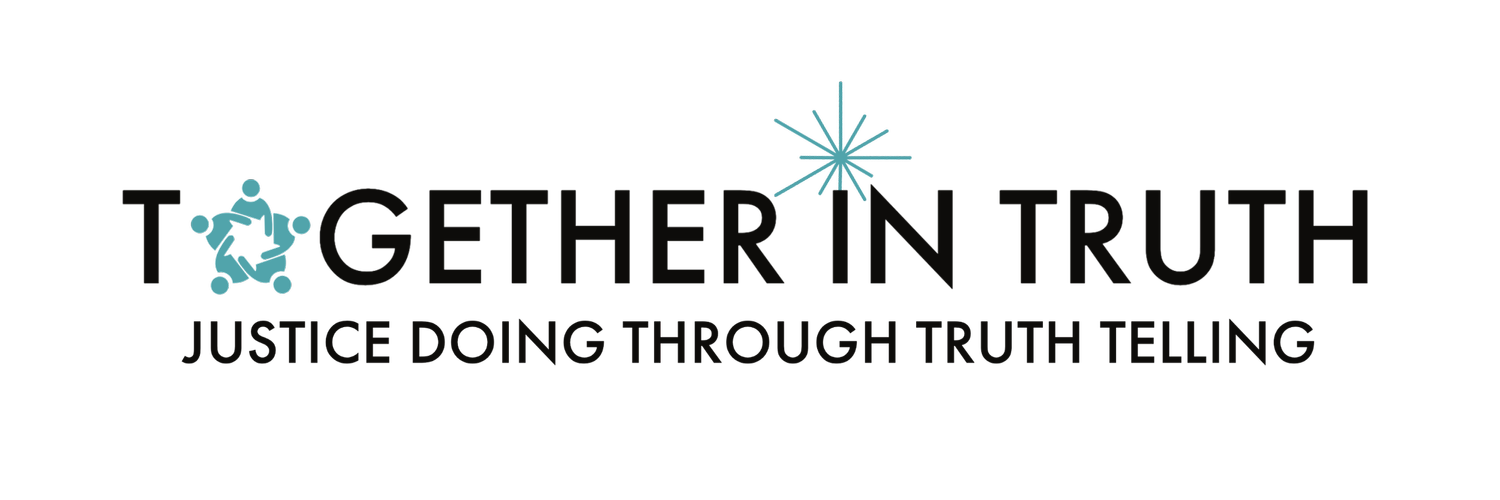Our Story
From the beginning of America’s post–World War II welfare state, the brokenness of the racist and classist ideas that underpinned welfare programs could be widely seen in practice and by the public. There is no time when these welfare programs and their War on Poverty entitlement programs were not viewed as dysfunctional, overburdened, and stubbornly beyond meaningful and equitable reform. We all know it, have seen it, and have learned to live with it as though it were unavoidable and its evident harms simply the regrettable cost of ensuring the “safety” of children.
In our exploration and development of Together in Truth, between early 2021 and late 2022, we have learned that we are at a critical inflection point. In response to the murder of George Floyd and its resulting reckoning with anti-Blackness in the United States, followed by the exposure of structural inequalities during the global pandemic, three groups emerged in child welfare circles. These groups, representing five broad ideas about the failures of the child welfare system, organized around five conflicting perspectives for repairing or removing it. These five groups are 1) safety-centered practitioners, 2) self-identified abolitionists, 3) those who have devoted entire careers to reforming the existing system, 4) those who embrace transforming the system through re-design, and 5) institutionalists.

Reconciliation and reparation cannot begin until harms have been acknowledged, and those harms, from all perspectives, cannot be acknowledged until we tell the truth about them.
Through our convenings of people from these groups, we found they could agree on one thing:
What we have in child welfare and other poverty-adjacent institutions is fundamentally unworkable and unbecoming of our nation.
The consensus of these five groups is that the child welfare/family policing system, as it is, is intolerable. This consensus provides a unique opportunity to establish local and national truth-telling bodies to confront and address this failure, leading to the development of a just and effective national policy that directly works to close the gap between what we have been doing since the 1950s and what we know in 2023.
Our Vision
We plan to catalyze justice-doing through truth-telling with communities in the United States and beyond. We aspire to catalyze at least 50 Together in Truth communities, whose collective truths and organizing will create local action agendas to demand justice and policy changes in the United States Congress.
The truth-telling journey will be arduous, as individuals’ truths about child welfare will traverse the landscape of society’s more significant challenges—racism, oppression, classism, othering, paternalism, and sexism. As we create space for truths to be told, we are grounded in three principles:
Truth-telling processes without actions for change are another form of abuse
Welcoming storytelling as post-traumatic wisdom, outside of traumatic exploitation, is required
Do no additional harm









